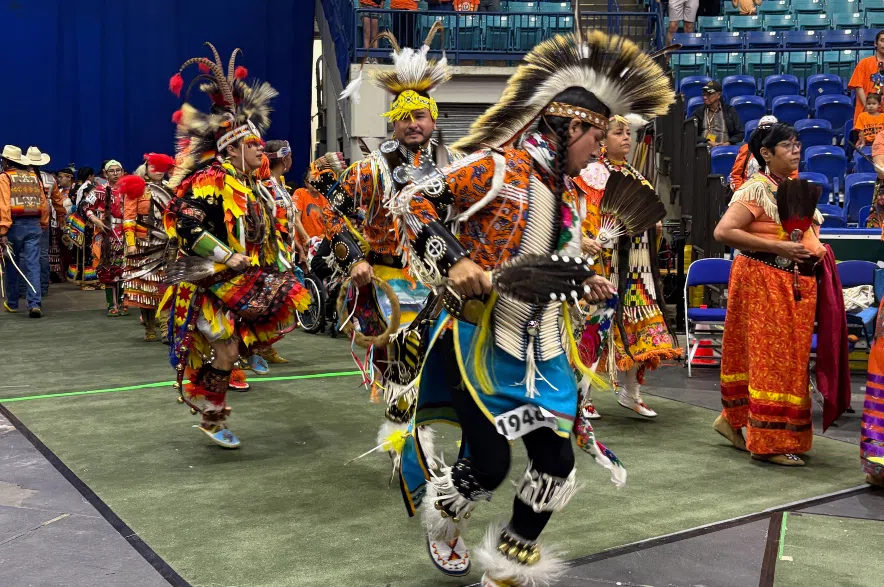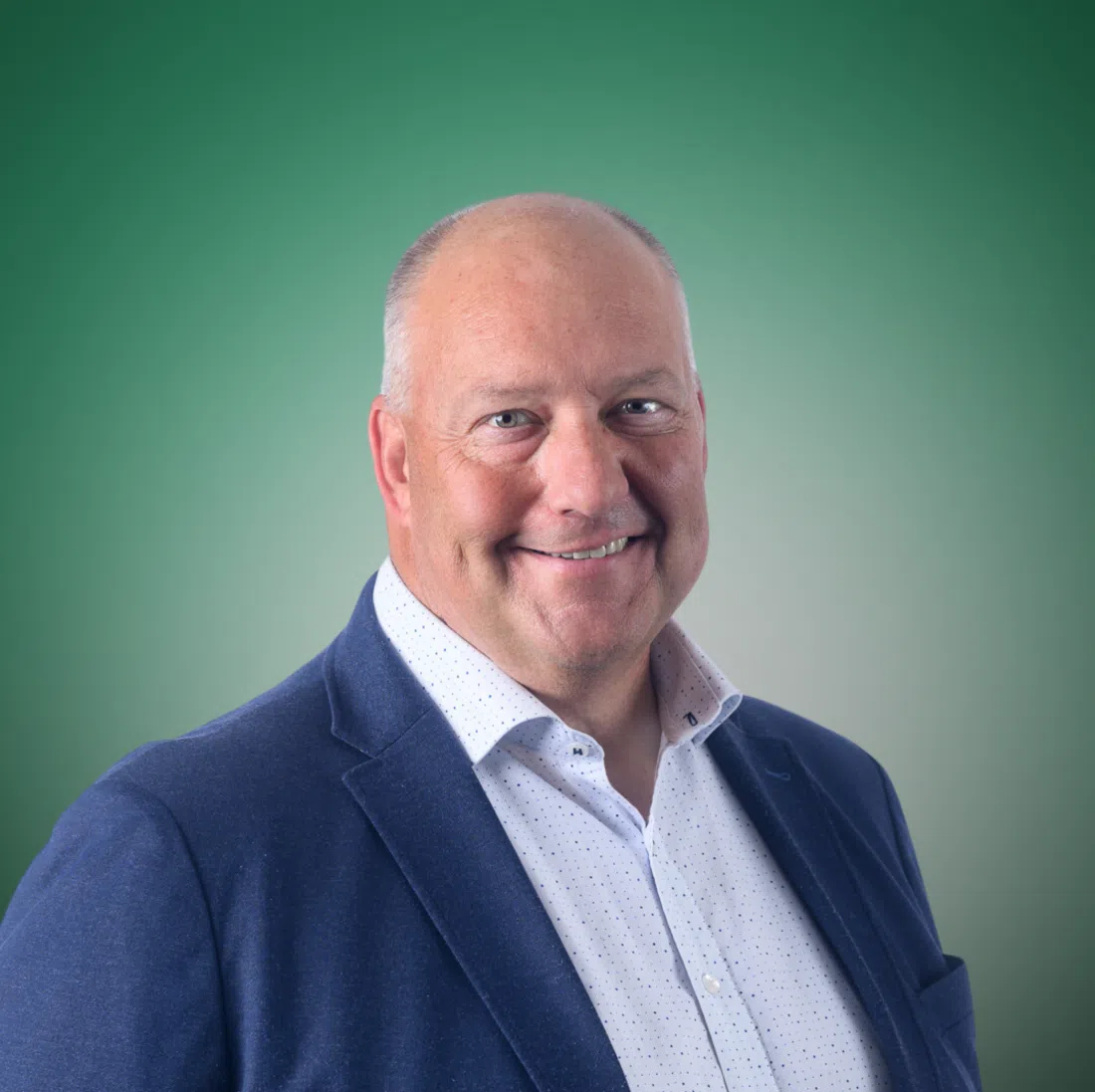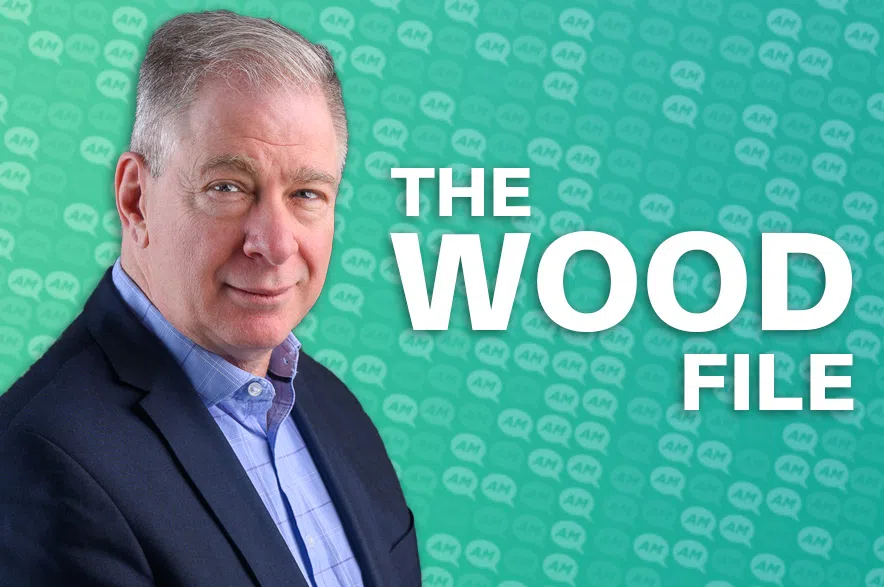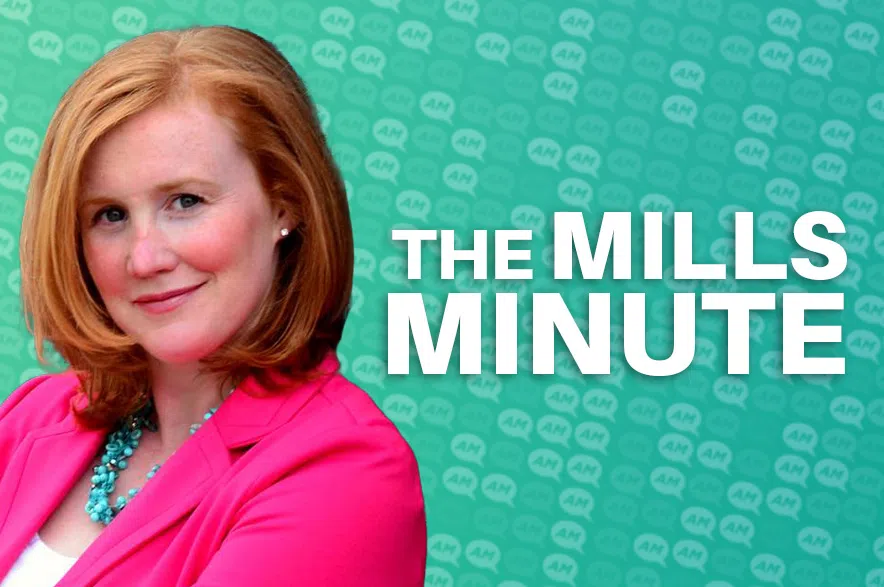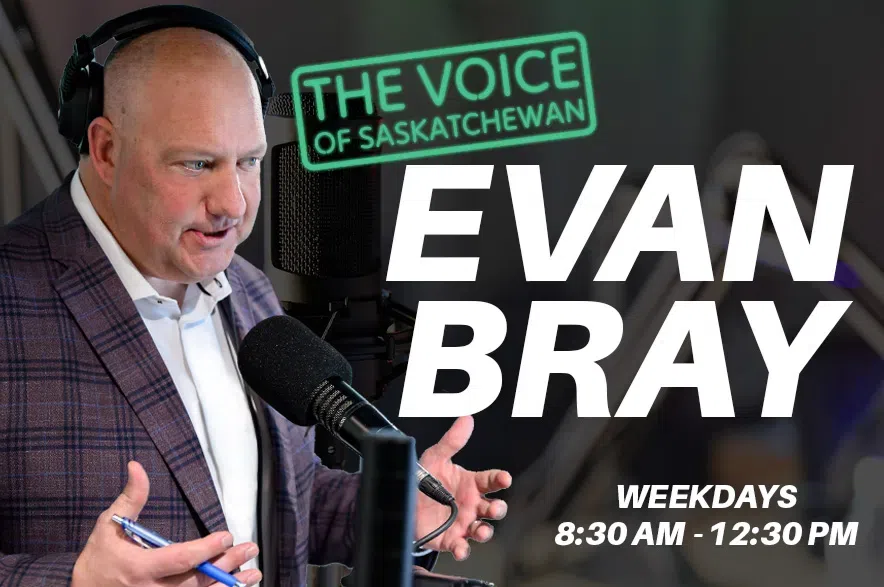The National Day of Truth and Reconciliation is a time to honour the survivors of residential schools, and those who never came home.
It was a sea of orange shirts at Saskatoon’s Sasktel Centre on Tuesday as hundreds of people gathered to partake in one of Canada’s largest pow wows to mark the national day. Throughout the day over 800 dancers were expected to participate.
Read more:
- LISTEN: MN-S says healing can begin after province apologizes for Île-à-la-Crosse School
- Culture celebrated on National Truth and Reconciliation Day in Saskatchewan
- Why do people wear orange on Truth and Reconciliation Day?
- A heartbreaking history: How Saskatchewan students learn about residential schools
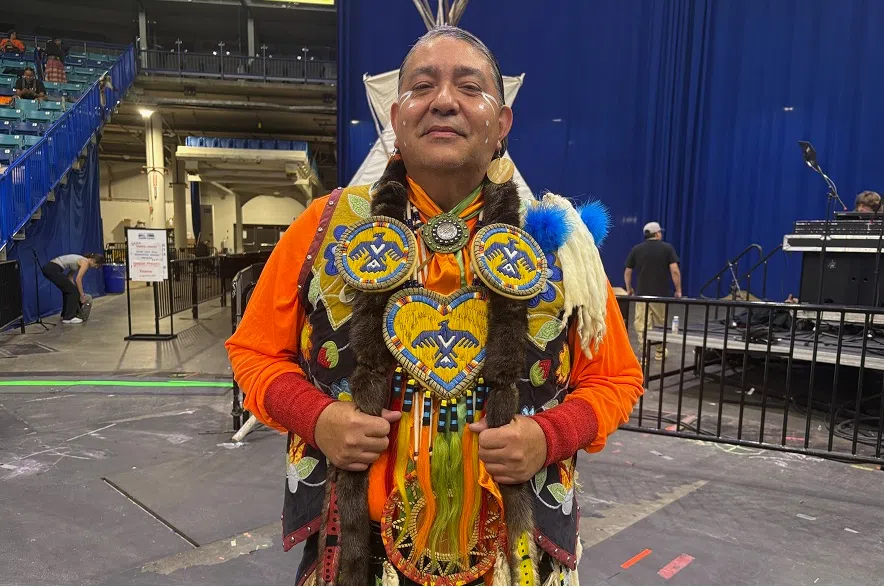
Jerry Cleland, a member of the Ojibwe Anishinaabe, has travelled the pow wow train across Canada performing men’s northern traditional style dance. (Mia Holowaychuk/650 CKOM)
One of those dancers was Jerry Cleland from Pontiac, Michigan, who was there to participate in his first pow wow in Saskatoon.
Cleland, a member of the Ojibwe Anishinaabe, has travelled the pow wow train across Canada performing a men’s northern traditional style dance which he has practised since the age of 10.
“It’s a very big part of my life, and it’s been good to me and my family for many years,” Cleland said.
“This is something that instills pride in our children, and where we learn about who we are.”
Cleland said Canada is doing a “beautiful” job of coming together in the spirit of reconciliation.
“We don’t have the reconciliation in the States right now,” he said.
He said there were boarding schools in the United States years ago that his great-grandparents attended, and he’s learned about those experiences.
Cleland said the pow wow is a celebration of life, and stressed the importance of preserving and sharing Indigenous languages.
On Truth and Reconciliation Day we gather to listen, learn and honour Indigenous voices
A Pow Wow at SaskTel Centre reminds us of strength and healing in the community@CKOMNews @CJMENews pic.twitter.com/lmeykbguu2
— Mia Holowaychuk (@miaholoway) September 30, 2025
Saskatoon Tribal Council Chief Mark Arcand said the National Day of Truth and Reconciliation helps people understand the harms of residential schools and acknowledge the wrongdoings.
He said that on Monday around 1,000 children attended the pow wow to learn about the culture, language and identity of First Nations people.
Arcand said while he thinks traction is being made in the reconciliation of Indigenous and non-Indigenous relationships, the work is not done.
“We’ve got to have proper investments to make sure that programs are appearing for intergenerational trauma, so the next generation of kids won’t go through the same kind of residential schools,” Arcand said.
Saskatchewan Premier Scott Moe, who also attended the pow wow on Tuesday, said the day was incredibly meaningful to him.
“I think it is important for us each to identify what our role is in reconciliation as each of us have a place in that journey,” Moe said.
“The focus is building on a brighter future for that next generation for all of our children in this nation, and part of that is very much about recognizing our shared past.”
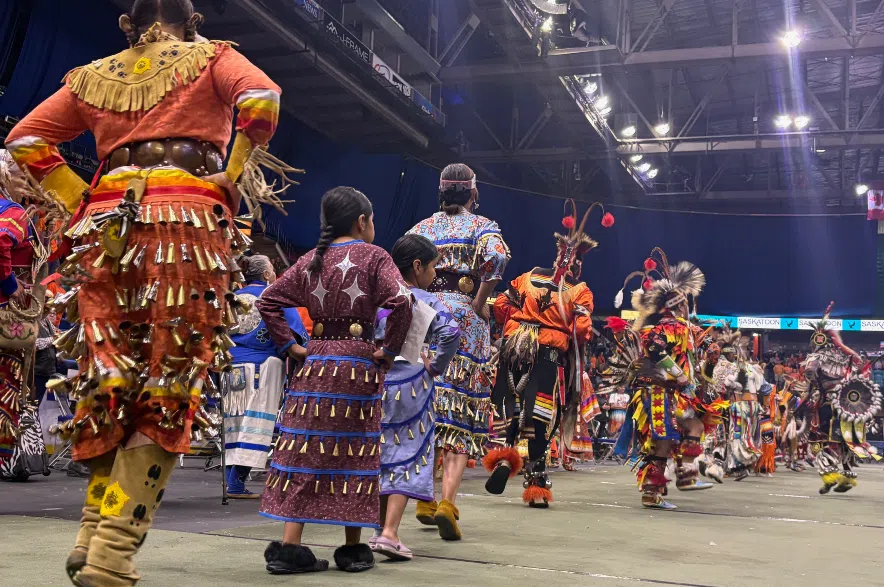
Hundreds of dancers participate at a pow wow at Saskatoon’s Sasktel Centre on the National Day of Truth and Reconciliation on Sept. 30, 2025. (Mia Holowaychuk/650 CKOM)
Read more:
- LISTEN: MN-S says healing can begin after province apologizes for Île-à-la-Crosse School
- Culture celebrated on National Truth and Reconciliation Day in Saskatchewan
- Why do people wear orange on Truth and Reconciliation Day?
- A heartbreaking history: How Saskatchewan students learn about residential schools
